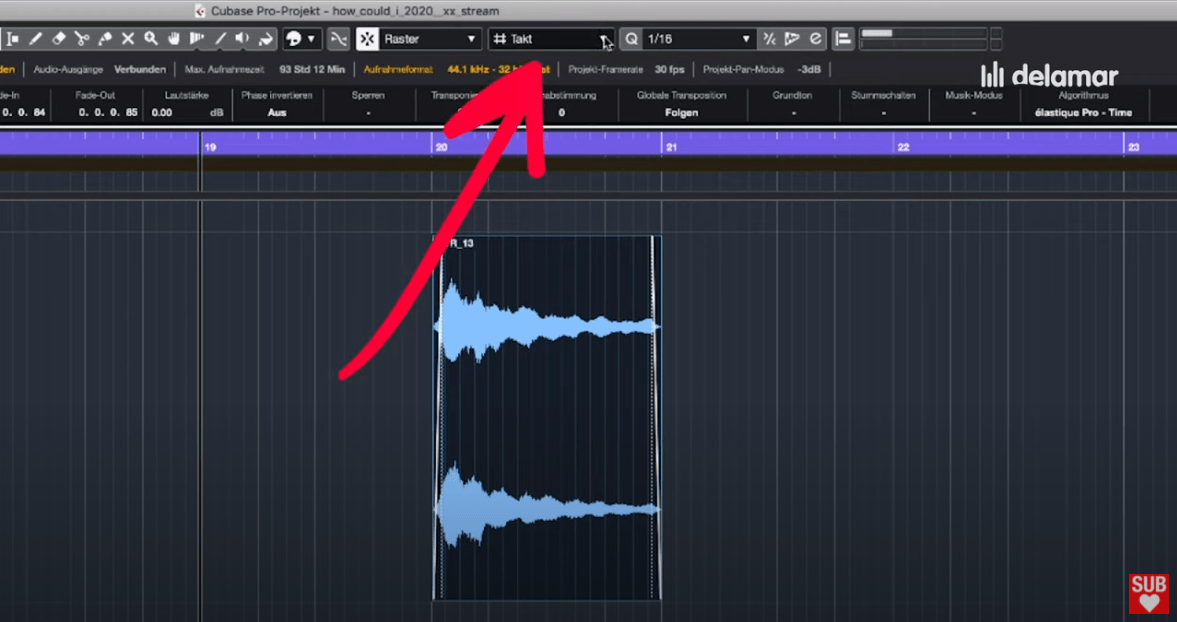
A section covering essential MIDI operation is looked at too as well as recording new audio and MIDI directly into our projects, including an explanation of parts and events. Related to using samples, we investigate how the audio pool works. Further information is provided in terms of the MediaBay and using samples.

We'll include VSTi's in our projects and how rack and track instruments offer this.

The main toolbar and ubiquitous inspector is assessed too. The user interface is comprehensively looked at in terms of how it's broken down into zones that provide specific functionality. We'll look at using the Steinberg hub to create first projects and to use and create project templates for quick setup.
#Cubase tutorial 8 how to
Now during this course, some of the things that we'll look at include how to connect Cubase in other words, how the program gets installed and how the eLicenser is updated. In the follow-up courses, we'll get into the details more. By the essentials nature of this course, you will be shown how to do things and given the confidence to develop your own working projects. That said, this course doesn't walk you through step-by-step the start to finish process of creating a course from scratch to completion. You will have downloadable access to one of the Cubase projects that features during this course, so that you have a working project to practice the techniques shown here. And even though the Cubase user interface has developed a fair amount since version 8, The Cubase Pro 8 course is still worth looking at if you want to accelerate your learning. That said, I think it's worth pointing out there are other earlier version Cubase courses available here that take you deeper into the program.

The title of this course indicates what to expect, in that you will be shown many essential techniques designed for complete beginners to Cubase. Hello and welcome to this course on Cubase Pro 10 Essential Training: the Basics.


 0 kommentar(er)
0 kommentar(er)
